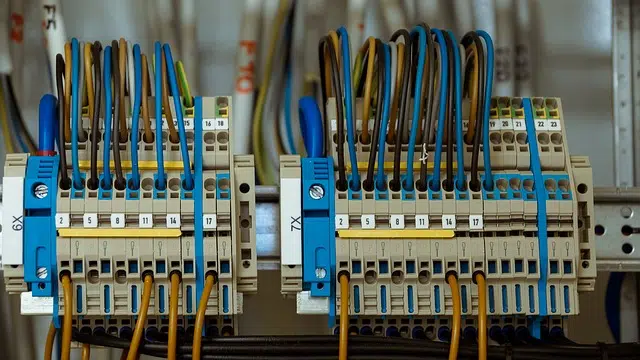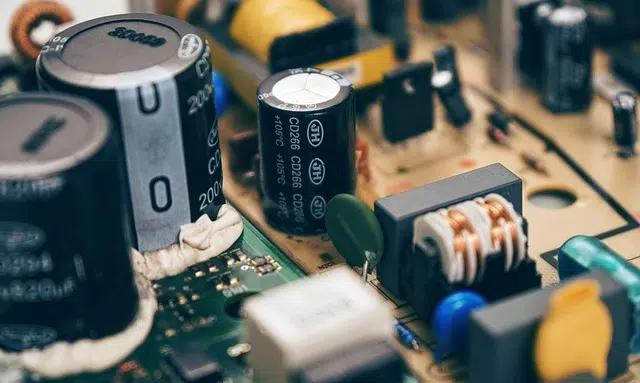
Electrical conductivity is the ability of an element to allow current to pass through itself.
Conductivity is the property of that which is conductive (that is, has the power to conduct). It is a physical property possessed by those objects capable of transmitting electricity or heat.
Electrical conductivity , therefore, is the ability of bodies to allow current to pass through themselves. This natural property is linked to the ease with which electrons can pass through them and is inverse to resistivity.
It is important to differentiate between conductivity and conductance (the ability of a body to conduct current between different points). Conductance is the property of resistance .
Conductivity in liquids and solids
In liquids, conductivity is linked to the existence of salts in the solution stage since, with their dissociation, negative and positive ions are produced that can transfer electrical energy when the liquid is subjected to an electric field . These ionic conductors are called electrolytes .
In the case of solids, materials with the capacity for conductivity are those that have valence bands that overlap with conduction and create a cloud of free electrons that generate current when subjected to the electric field.

The idea of conductivity also applies to the passage of heat.
heat conduction
Thermal conductivity , meanwhile, is the property of bodies capable of conducting heat . The process involves the transfer of kinetic energy from molecule to molecule. The inverse property of thermal conductivity is called thermal resistance (the ability of a material to generate opposition to heat transport).
When assembling a computer or replacing any of its components, one of the most ignored and misunderstood elements is the so-called paste, silicone or thermal grease , among other names that it usually receives in the market. It is a material that helps increase the level of thermal conductivity that occurs between two or more surfaces that, for various reasons, cannot be completely joined. One of the causes of the lack of contact may be the irregularity of one of the parties.
The objective of thermal paste is for the heat to pass from one component, which can be the CPU (Central Processing Unit), to another, such as a fan (also called a cooler), whose function is to expel it to help cool the device. equipment. During its application, it is important not to use an excessive amount of grease; If this occurs, precautions must be taken to clean the excess to avoid obtaining results opposite to those sought in the first place.
Thermal conductivity coefficient
To express the extent to which each of the different substances is capable of conducting heat, the so-called thermal conductivity coefficient is used, which is considered among the properties of the first. It is represented by the letter "lambda" of the Greek alphabet. The information it provides refers to the amount of heat that the material in question passes through when the temperature of one of its faces varies, provided that it is in an unaltered location and state, among a series of specific requirements that must be compulsorily met.
The need for these strict requirements is that the thermal conductivity coefficient changes according to the state in which a substance is found and the factors that contribute to this variation are many and very different for each type of material. Its compliance ensures obtaining a result consistent with those obtained between the different research centers; It should be noted that it is not an absolute value, such as a distance or height, which is why establishing parameters for measurement is so important.
